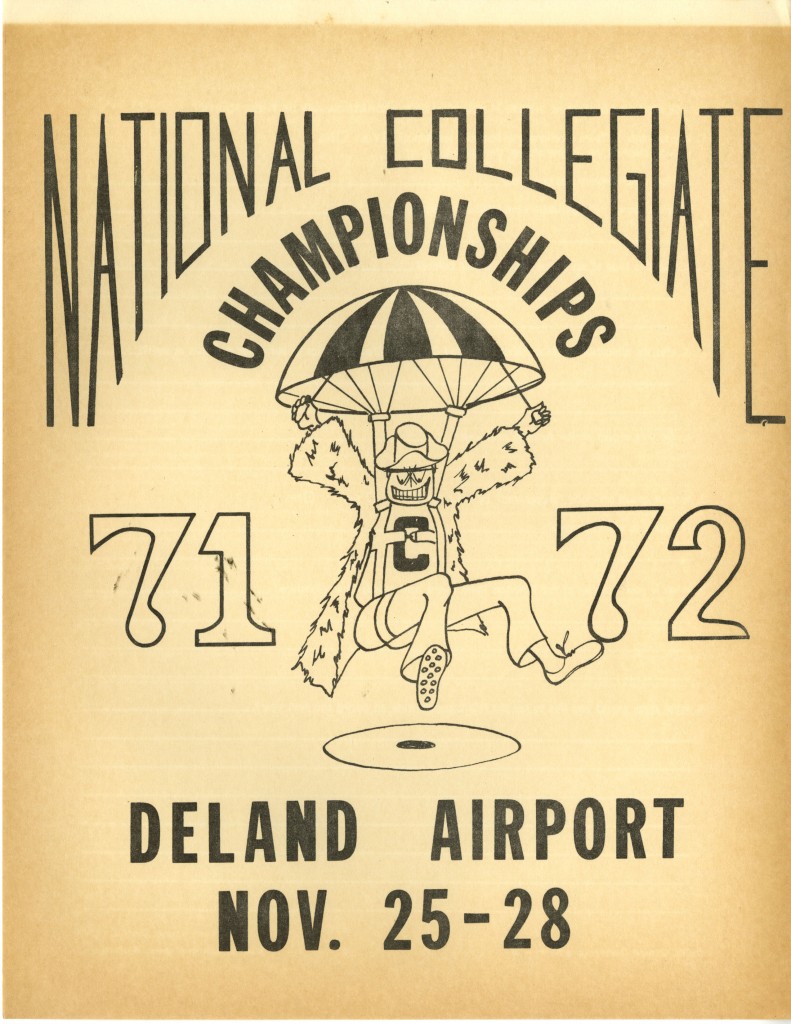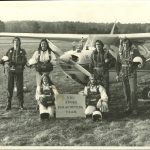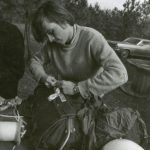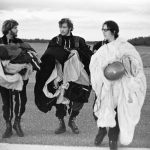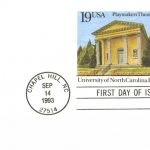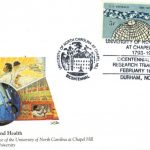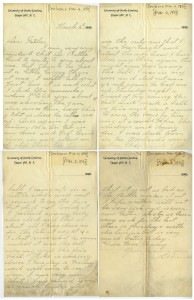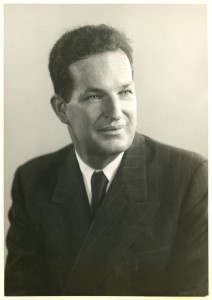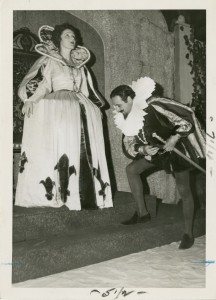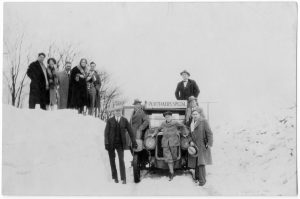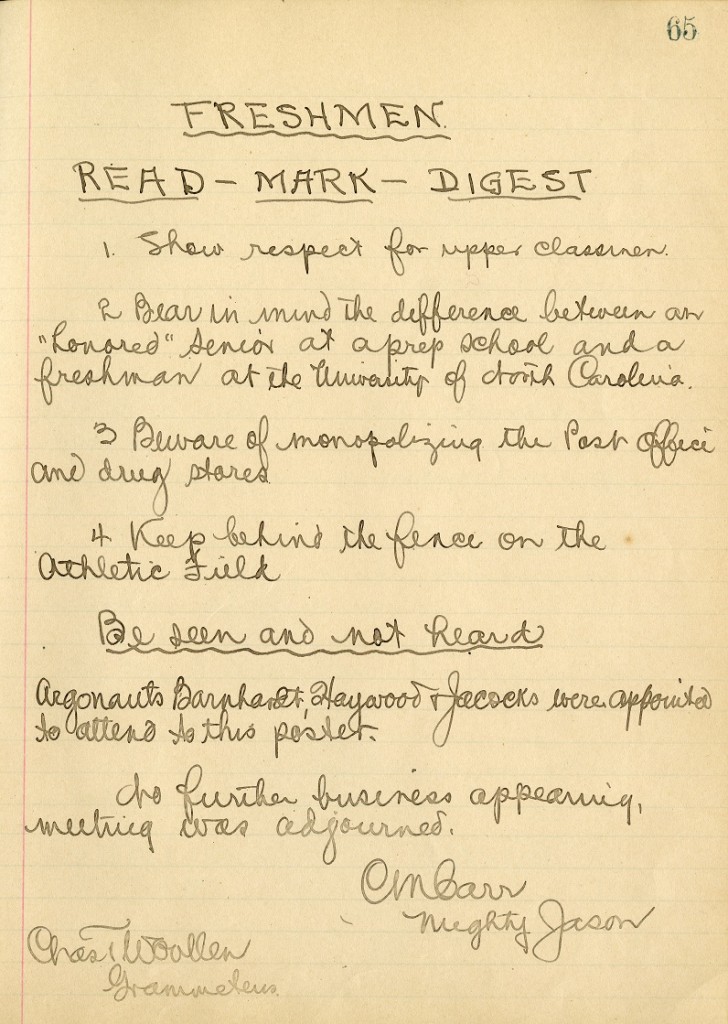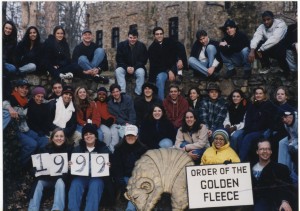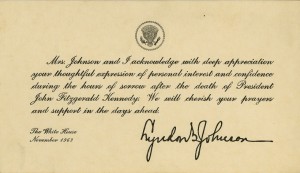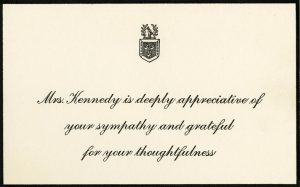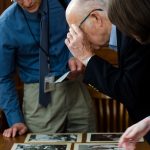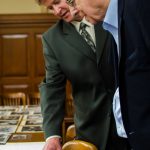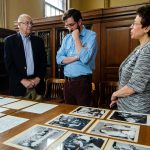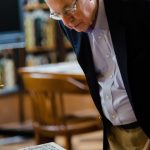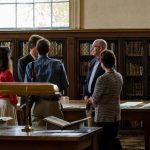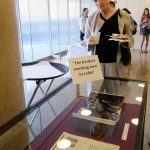
All eyes are on soccer this summer as countries from around the globe compete in the World Cup, so we thought it would be a good time to take a look at the history of soccer at UNC.
In the 1930s, soccer was offered as an activity in Physical Education classes and as a club sport. Men’s soccer gained varsity status in 1947, and just one year later the team won the Southern Conference title. In 1963, Nigerian student Edwin Okoroma joined the soccer team, becoming the first black varsity athlete at the university.
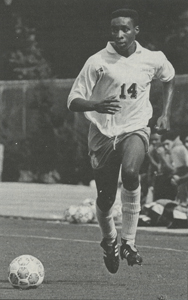
UNC joined the ACC in 1953, and since then the men’s soccer team has won four ACC titles and two NCAA Championships. In 2002, the ACC named its top 50 soccer players in ACC history and included five from UNC: David Smyth, Gregg Berhalter, Eddie Pope, Carey Talley, and Chris Carrieri. Pope played for the US Men’s National Team in the 1996, 2002, and 2006 World Cups, and Berhalter did so in 1994, 2002, and 2006.
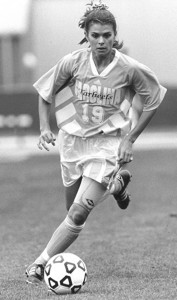
Women’s soccer gained varsity status in 1979, and has become the most successful athletic program in the university’s history. The team has won 21 national titles, nine of them earned consecutively between 1986 and 1994. In 1992, the team set the NCAA record for uninterrupted wins (58). Twenty-five former or current players—including Mia Hamm, Heather O’Reilly, Kristine Lilly, Tobin Heath, Lorrie Fair, April Heinrichs, and Cat Whitehill—have appeared in the Women’s World Cup either as players or as coaches. UNC women’s soccer coach Anson Dorrance also coached the US women’s national team to victory in the very first Women’s World Cup in 1991.

